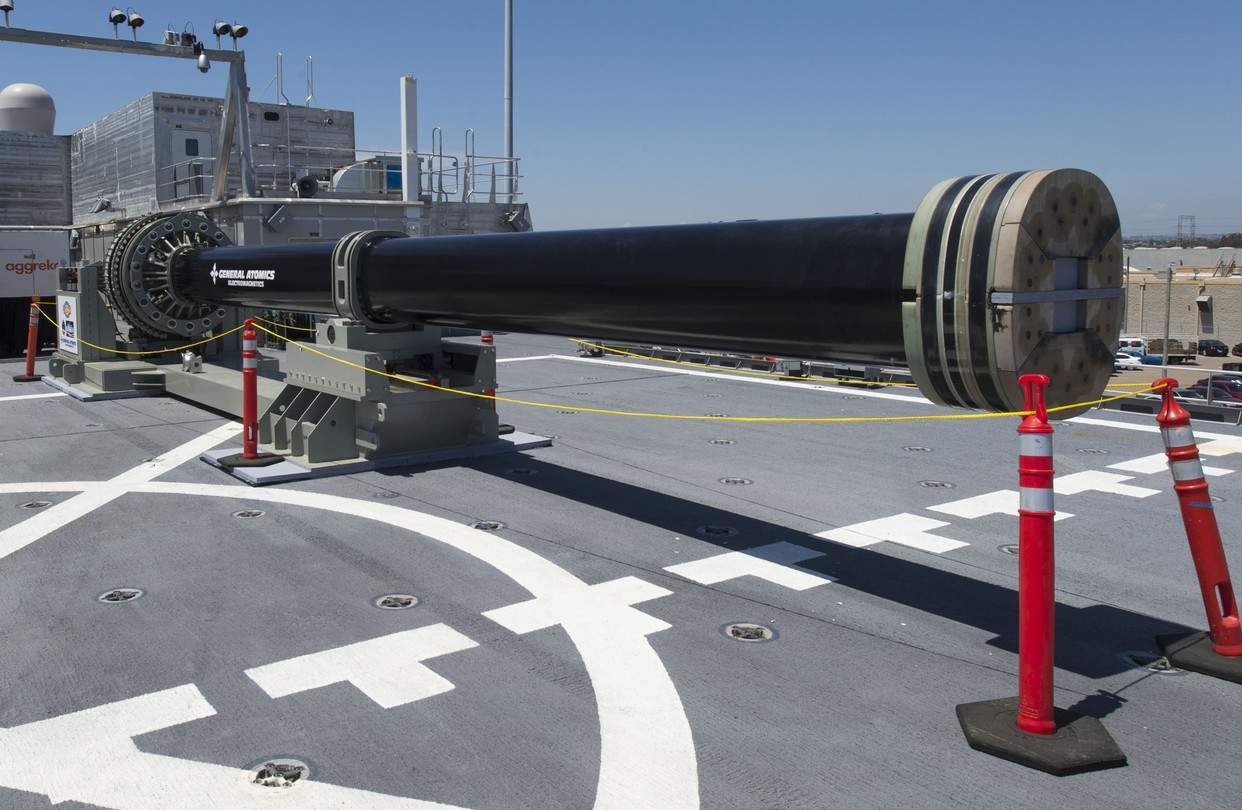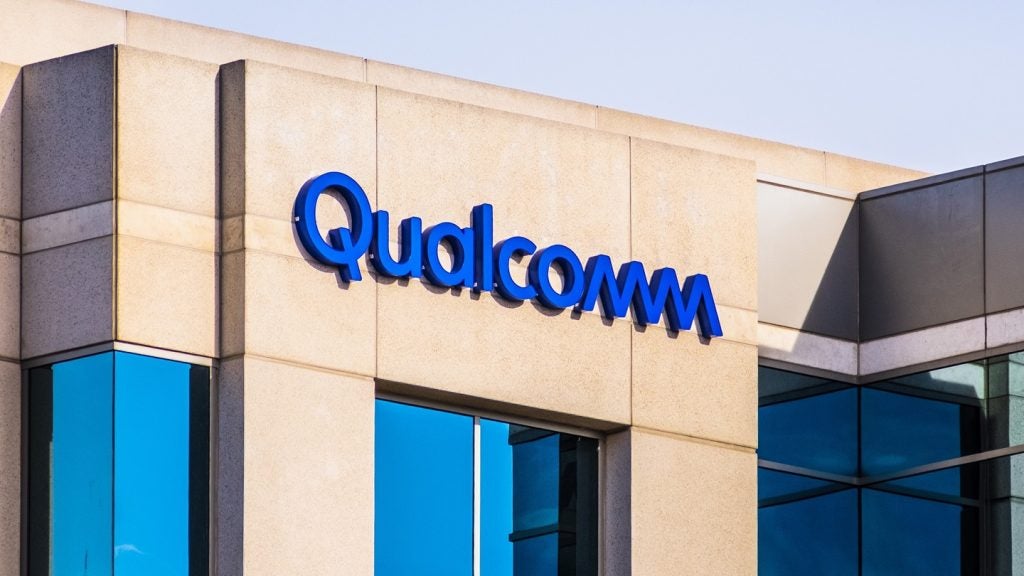The US Navy’s much hyped railgun may never make it out of development as delays and costs mount. Where did it all go wrong?
The electromagnetic railgun has been in development for over a decade and cost an estimated $500m, but according to recent reports from military veteran news outlet Task & Purpose, the Pentagon could have pulled the plug.
The Strategic Capabilities Office (SCO), tasked with military technology development and deployment to the battlefield, appears to have placed the railgun behind other priorities.
BAE Systems and General Atomics were the main contractors to the US Navy to develop the railgun.
Railguns are being researched as weapons that would use neither explosives nor propellant, but rather rely on electromagnetic forces to impart a very high kinetic energy to a projectile.
The absence of explosive propellants or warheads to store and handle, as well as the low cost of projectiles compared to conventional weaponry come as additional advantages.

US Tariffs are shifting - will you react or anticipate?
Don’t let policy changes catch you off guard. Stay proactive with real-time data and expert analysis.
By GlobalDataIn late 2013 BAE received a $33.6m contract from ONR to develop and demonstrate a hypervelocity projectile — a next-generation, guided projectile capable of completing multiple missions for the electromagnetic railgun.
Railgun power consumption and degradation
The railgun takes a colossal amount of power to fire, and it tears itself apart with use.
To date railgun demonstrations, while impressive, have not demonstrated an ability to fire multiple full power shots from the same set of rails.
In a March 2014 statement, chief of naval research admiral Matthew Klunder claimed the weapon’s durability had increased from tens of shots to over 400.
However, the ONR refused to confirm if these 400 shots were at the weapon’s maximum capacity.
Meanwhile, the amount of power the railgun needs make it usable on just one new class of US destroyer.
Only ships that will be able to generate the 25 megawatts of power (enough to power almost 19,000 homes) required to fire the railgun are the Zumwalt-class destroyers, and only three will be produced due to budget considerations, down from the originally planned 32.
Conventional weapon compatibility
Interest remains in the so-called hypervelocity projectile — the railgun’s ammunition — being developed with its ability to be fired from conventional powder guns winning it preferred status in the SCO as it can be transferred to front line operations more easily.
For a short-term solution to the railgun question, the navy has discovered it can fire the railgun projectiles out of conventional warship cannons.
In 2012 the Navy fired the railgun projectile out of 5-inch powder guns already mounted on many US warships.
The hypervelocity projectile has also been tested in 6-inch guns and 155mm army howitzers. While it wouldn’t achieve the velocity in the electromagnetic railgun of mach six, it still travels twice as fast as conventional rounds.
Don’t write off the chances of seeing a railgun some time in the future entirely however. The US is not the only country developing railguns with India, Russia, China, and Turkey all having tested prototypes.








